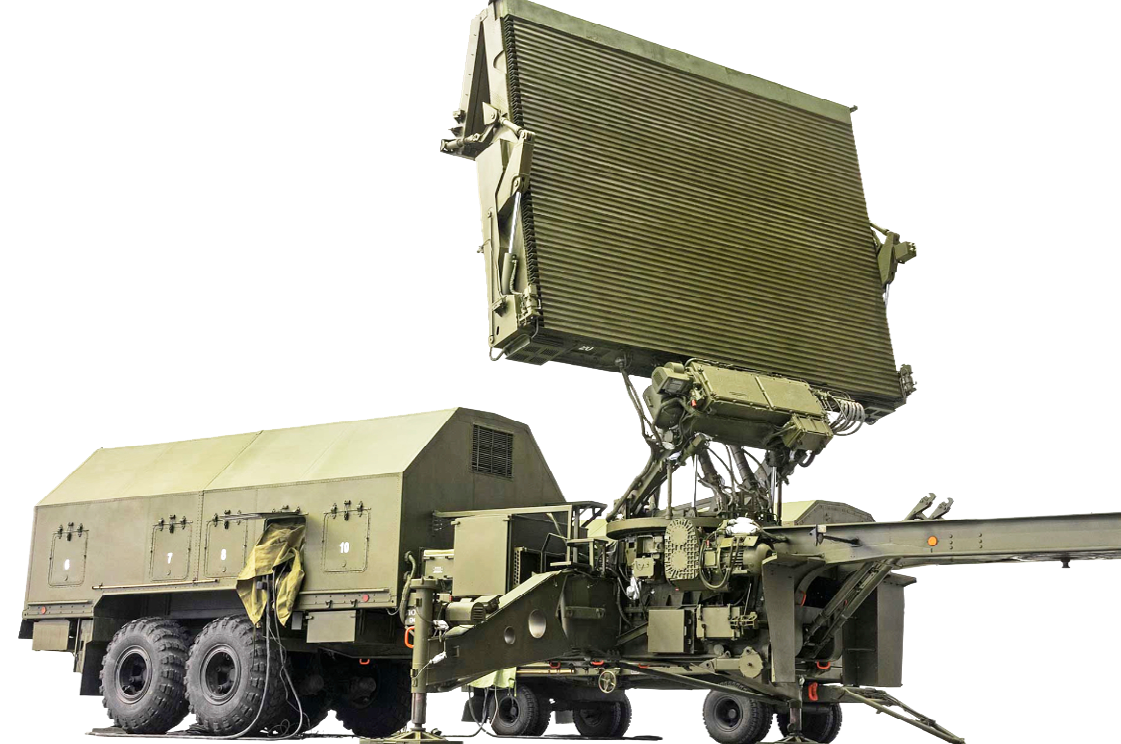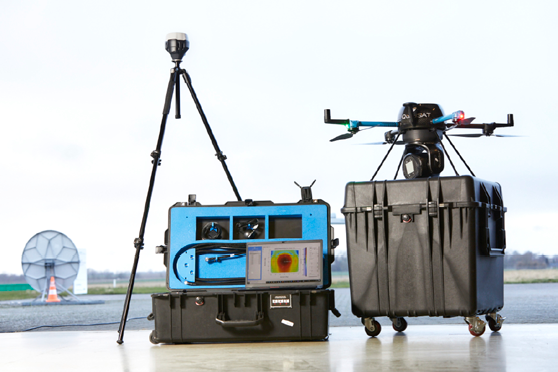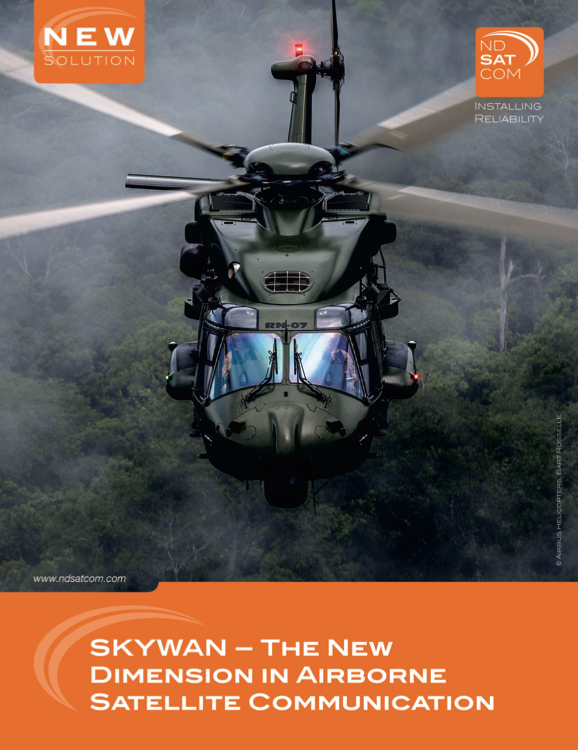Radio Frequency Interference (RFI) has been a longstanding challenge within the satcom industry. In recent years, discussions surrounding the issue have faded; new solutions have created an environment in which RFI incidents are quickly identifiable and relatively easy to mitigate.

With predictability at the ground and the adoption of RFI management technologies, the industry has seen a marked fall in RFI incidents during the last decade. However, the last year has seen a change in trends.
Anecdotally, there has been an ascendancy in the number of RFI incidents being identified within satellite communications (SATCOM). Questions are now being raised as to whether new technologies within the space are driving the rise in incidents — identifying the cause is key in preparing mitigative solutions. How is the expansion of the usage of the RF network impacting on its users?
Is Multi-orbital Space a Cause of RFI?
The drastic change in use of Lower and Medium Earth Orbits is delivering new challenges to the industry. The ground segment for LEO is a more complex environment, with tracking and switching through multiple gateways being standard practice.
The dynamic and intricate ground network requires high accuracy, as a small error could lead to significant ramifications for services. Tracking accuracy and satellite acquisition quality during the ground segment handovers will need to be tested and monitored to safeguard the integrity of the system.
These actions will be critical in ensuring that the satellites are handed over smoothly within a set window of action. The testing of LEO ground segments requires a full raster view of the antenna and not just principal cuts; the entire performance of the dish will be used for tracking, and therefore needs observing. Subtle changes at the pointing can have a large impact on RF signals.
Additionally, LEO mega constellations are primarily using Ku and Ka-bands, as they offer greater throughput in smaller dishes. The need for test and measurement increases with greater directivity as it increases the likelihood of RFI and the severity of its impact on services. With this in mind, the ground segment must prioritize its testing and monitoring capabilities to ensure that RFI is minimized.
Could LEO + MEO Intro a Larger Problem Within the Multi-orbiTal landscape?
In GEO, there is normally one entity in a frequency band per orbital slot, which means that the equivalent of border issues is satellites in adjacent slots, and therefore coordination mitigates interference. With LEO, however, we have potentially multiple constellations using the same frequency bandwidth.
Each constellation is in multiple orbits and orbit heights. This could potentially lead to valid transmissions from authorized satellites causing interference at any given spot on the earth with the interference being intermittent and different at any given location. Up until now, this has been actively prevented by the LEO operators currently active, but that could of course change.
5g + The Satellite Ground Segment
One of the most talked about aspects of RF spectrum in recent years, 5G has introduced a new perspective when considering RF management. With two industries working relatively closely within C-band for the first time, there has been a lot of interest surrounding the technological and logistical challenges of sharing spectrum.

With the high number of 5G cells being required within its ecosystem, RF noise must be monitored and managed to ensure that signals within the wider spectrum are not overloaded. Filtering products have been developed to mitigate the impact of 5G signals on satcom’s use of C-band.
Despite the introduction of this technology, anecdotally, satellite operators have seen incidents wherein signals are impacted by 5G responders. This has not been exclusive to SATCOM; 5G responders have caused RFI within their own industry, with telecom operators affecting each other’s services.
Can Managing Teleports Be Improved?
Perhaps the most obvious solution is by ensuring that the ground segment has access to suitable testing and monitoring technology is key in enabling successful management of the ground segment. As the technologies around the teleport evolve, the need for access to improved RF management and testing tools increases.
Environmental factors have a significant impact on the success of RF up/downlinking, and therefore reviewing the antenna on-site is critical in managing potentially damaging reflections. Geographical and infrastructural features can cause RFI and, therefore, reviewing a teleport within its own environment is the most effective way of understanding the hazards surrounding it.
The challenge surrounding antenna testing has always been its inaccessibility; geographically and financially. The capabilities of on-site testing have improved in recent years; unmanned aerial systems can now be used to provide flexible and accurate antenna testing and calibration.
As ground segments can be tested in their own environments, the quality of results is more accurate. With an increase in potential external factors, such as neighboring usage of spectrum and complex ground networks, identifying a true picture of how an antenna is working and how its environment is impacting on its efficiency is key to maintaining a successful service without signal disruption.
By making on-site testing available and cost effective, teleport operatives can use accurate results to take the necessary steps to mitigate disturbances with the knowledge that amendments are cost-effective, necessary and will be successful.
In-field RFI Management of Military communicaTions
RFI is a problem for all SATCOM users. However, RFI within military satellite communications (MILSATCOM) use can introduce significant operational risks.

LEO and 5G are great opportunities within communications; however, with these new technologies cause spectrum to be far more crowded and mitigating the risk of RFI is essential.
The use of high-quality equipment reduces the risk of signal disruption and it is crucial that equipment is tested regularly to review any changes to the environment, including other nearby users of RF.

As the industry moves forward into a direction of new and exciting communication methods, it must remain focused on RFI and its potential impact on services. Great quality equipment, paired with rigorous and thorough testing and monitoring solutions for MILSATCOM and SATCOM is going to be key in mitigating incidents and maintaining reliable communication channels for all parties concerned.
Author Carlo Rizzo, is the Chief Commercial Officer at QuadSAT. QuadSAT.


